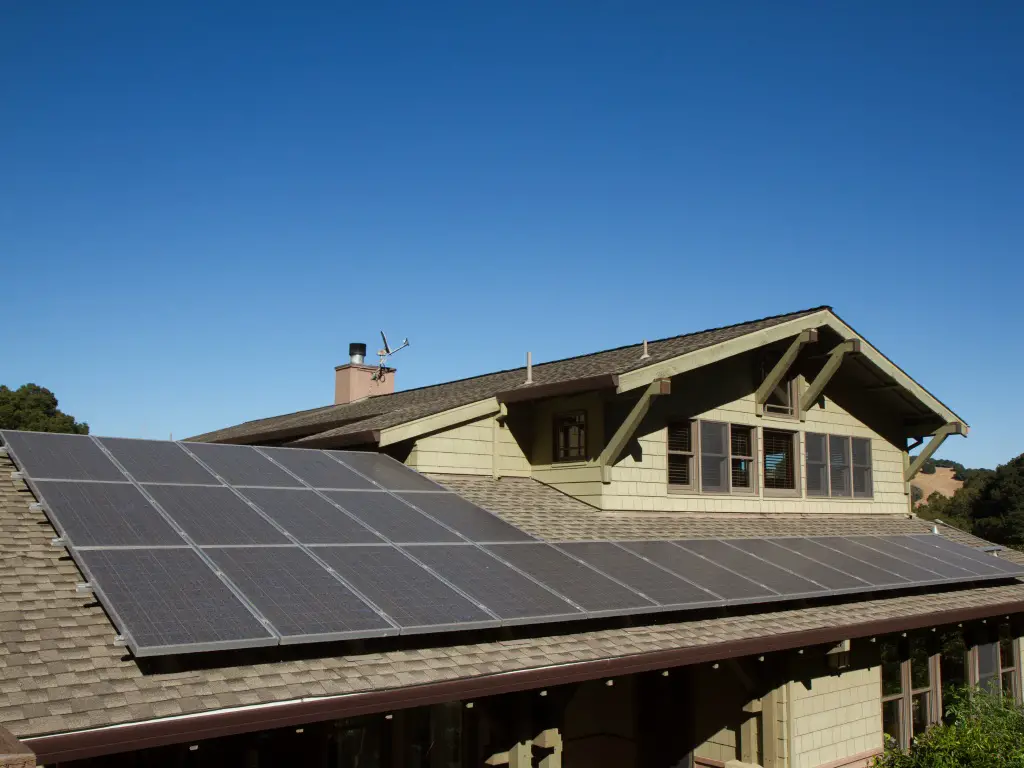In any solar power setup, the solar charge controller is a key component. Its primary function is to regulate the flow of electric current to and from the battery bank, acting as a gatekeeper to manage energy transfer.
The charge controller ensures that the battery is charged at an appropriate rate, protecting it from overcharging.
It also prevents the reverse flow of current back to the solar panels when they’re not actively generating electricity.
Although the role of the solar charge controller is crucial in maintaining the health and efficiency of a solar power system, few people know how to select the right controller size for their specific solar setup.
Solar Charge Controller Sizing
Choosing the right charge controller is crucial for your solar system. Picking the wrong one can make you lose up to half of your solar energy. The type of solar charge controller, either PWM or MPPT, matters a lot.
Your controller needs to handle the power level and electric current of your solar panels. Charge controllers come in different sizes, like 12, 24, and 48 volts. Their current capacity ranges from 1 to 60 amps.
When picking a charge controller, pay close attention to the amps it can handle.
Matching the voltage is easier; it just has to agree with your solar system’s voltage.
Figuring out the needed amperage can be trickier and depends on your energy use and battery size.
For example, if your solar system operates at 12 volts and produces 14 amps, you’ll need a charge controller that can handle at least 14 amps.
You should also add 25% extra capacity due to factors like weather.
In this case, you’d need a 12-volt, 20-amp charge controller.
PWM Solar Charge Controller Sizing
For PWM controllers, use whatever current the solar array produces.
So, if your solar panels generate 40 amps, but your controller can only handle 30 amps, it could get damaged.
Check the label for specs; you’ll want to look at the amps and voltage the controller can handle.
It should also match the voltage of your battery bank.
If the controller is rated at 30 amps, add a safety margin of 25% to the panel current to make sure it fits.
You should also check the highest voltage the controller can take, the size of the wire terminals, and what types of batteries it can charge.
MPPT Solar Charge Controller Sizing
MPPT charge controllers are designed to regulate the output from your solar panels, so they don’t need to match the solar array’s maximum output exactly.
However, it’s important to choose an MPPT controller that can handle more current than your solar array can produce. This helps in maximizing your system’s efficiency.
MPPT controllers are quite versatile.
They can lower the voltage to match your battery bank’s voltage while increasing the current to compensate for any power loss.
This adaptability makes them a suitable choice for various setups.
To ensure your system runs efficiently with an MPPT controller, calculate the required amperage by dividing your solar system’s total wattage by the lower voltage of either the solar array or the battery.
For example, if you have a 900W solar array at 48V and a 24V battery, you would calculate 900W divided by 24V, which equals 37.5A.
To account for possible current surges, add 25% more, resulting in about 46.9A.
Therefore, in this scenario, you would look for an MPPT charge controller that can handle at least 24V and 50A to ensure the efficient and safe operation of your solar power system.
Can You Use More Than One Charge Controllers?
Yes, you can use more than one charge controller for a single battery bank, especially when one controller can’t handle your solar panels’ total output.
This is particularly true for MPPT charge controllers, as they allow for more precise power optimization from different arrays.
People often expand their solar systems after the initial setup, and sometimes the new additions produce more power than the existing charge controller can manage.
In such cases, adding another charge controller can be a smart move.
However, it’s a good idea to stick to one kind of charge controller.
For instance, if you already have an MPPT controller, any additional controllers should also be MPPT.
Plus, make sure they all have the same settings for the battery, to keep things running smoothly.








